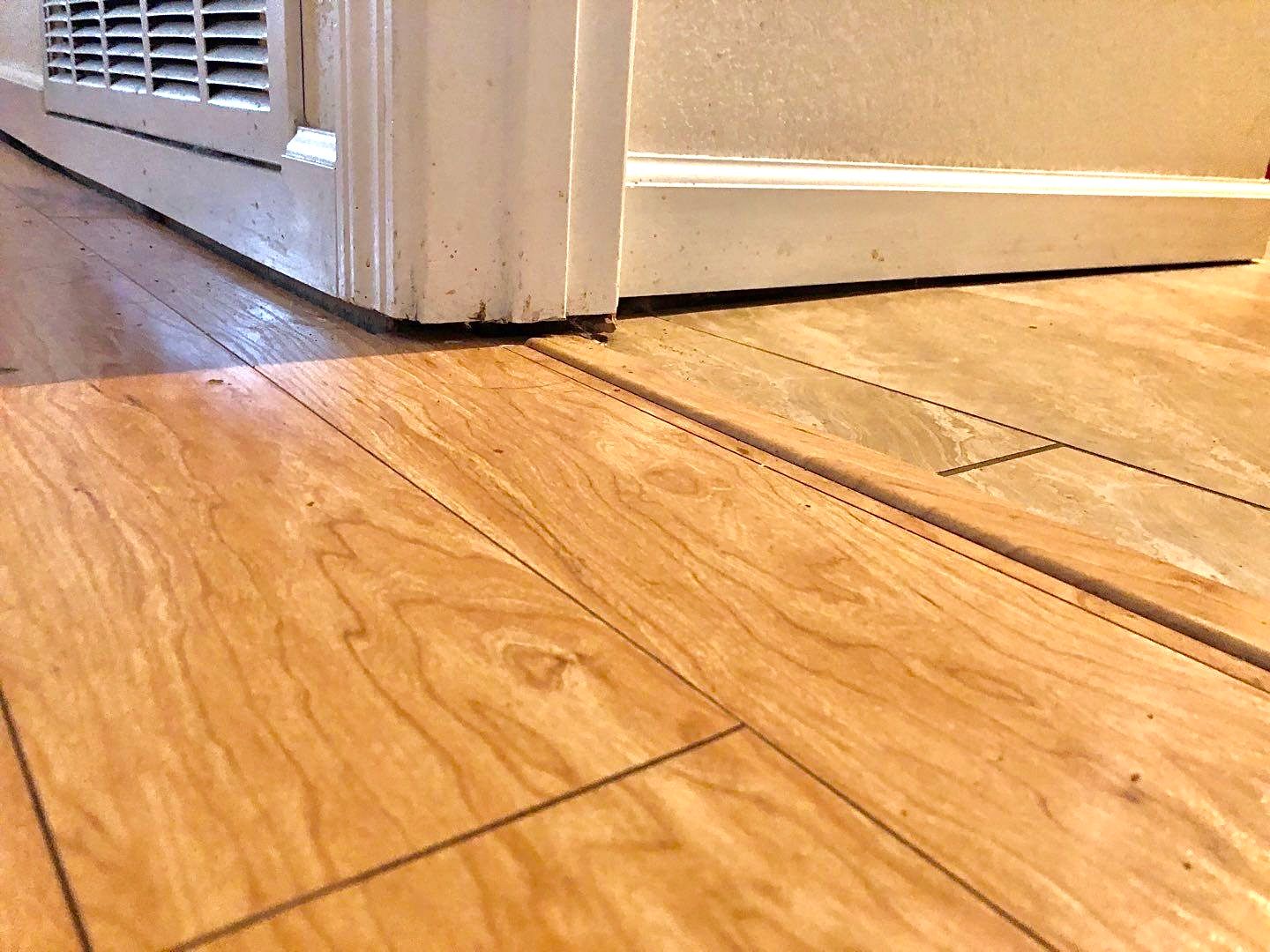

Articles
How To Fix A Sagging Floor
Modified: August 18, 2024
Learn effective techniques and tips for fixing a sagging floor in this informative articles. Find expert advice on restoring the integrity of your flooring.
(Many of the links in this article redirect to a specific reviewed product. Your purchase of these products through affiliate links helps to generate commission for Storables.com, at no extra cost. Learn more)
Introduction
A sagging floor can be a significant concern for homeowners, as it not only affects the overall aesthetics of the space but also poses potential safety hazards. When you notice that your floor is no longer level and seems to be sinking or sagging in certain areas, it is crucial to address the issue promptly to prevent further damage.
In this article, we will explore the causes of a sagging floor, how to assess its severity, and various methods to fix it. Whether you are a DIY enthusiast or prefer to hire professional help, understanding the underlying causes and necessary steps will help you make an informed decision and restore your floor to its former glory.
Before diving into the solutions, it is important to note that fixing a sagging floor requires proper inspection and evaluation. It is recommended to consult with a structural engineer, who can assess the stability of your home’s foundation and provide guidance on the most appropriate course of action.
Now, let's delve into the details and explore the various factors that can contribute to a sagging floor.
Key Takeaways:
- Identifying the specific cause of a sagging floor is crucial for implementing targeted solutions that address the root problem, whether it’s foundation issues, structural damage, defective support systems, moisture, or age-related wear.
- Hiring professional help for fixing a sagging floor ensures the repairs are done efficiently, safely, and in compliance with building codes, providing long-lasting and structurally sound results.
Read more: How To Fix Sagging Bookshelves
Understanding the Causes of a Sagging Floor
A sagging floor can occur for several reasons, each with its own unique set of causes. Understanding these factors is essential in determining the appropriate solution for fixing the issue. Here are some common causes of a sagging floor:
- Foundation Issues: One of the primary causes of a sagging floor is foundation problems. If the foundation of your home is weak or damaged, it can lead to uneven weight distribution and result in floors that sink or sag. Issues such as settling, soil movement, or inadequate support can all contribute to this problem.
- Structural Damage: Any structural damage to the beams, joists, or subfloor can cause the floor to sag. Over time, these components may weaken due to water damage, rot, or pests. Additionally, excessive weight loads or poor construction practices can also compromise the structural integrity.
- Defective Support Systems: In some cases, the support systems used to hold the floor, such as floor joists or support beams, may be insufficient or improperly installed. This can lead to sagging or uneven flooring.
- Moisture and Humidity: Excessive moisture or high humidity levels can cause the wooden components of the floor to expand, warp, or rot. This can weaken the floor structure, resulting in sagging or unevenness.
- Age and Wear: Over time, the materials used in floor construction can deteriorate and weaken. This is particularly true for older homes with wooden floors that may have reached the end of their lifespan. Wear and tear from foot traffic and heavy objects placed on the floor can also contribute to sagging.
By identifying the specific cause of a sagging floor, you can address the root of the problem and implement the most suitable solution. In the next section, we will discuss how to assess the severity of a sagging floor to determine the appropriate course of action.
Assessing the Severity of the Sagging Floor
Before you can effectively fix a sagging floor, it is crucial to assess the severity of the issue. This evaluation will help determine the best approach for repairing and reinforcing the floor structure. Here are some steps to assess the severity of a sagging floor:
- Visual Inspection: Start by visually inspecting the affected area. Look for any visible signs of sagging or unevenness in the floor, such as gaps between the floorboards or noticeable dips in the surface.
- Measurements: Use a level and a measuring tape to determine the extent of the sagging. Measure the height difference between the sagging area and the surrounding floor. This will give you an idea of how severe the sagging is.
- Observe for Movement: Stand or walk on the sagging area and observe if there is any noticeable movement or bouncing. Excessive movement can indicate a more serious structural issue.
- Check for Cracks: Inspect the walls, ceilings, and adjacent structures for any cracks or signs of stress. Cracks that coincide with the sagging area may indicate underlying foundation or structural problems.
- Sagging in Multiple Areas: Take note if the sagging is localized to a specific area or if it is affecting multiple sections of the floor. Widespread sagging may suggest larger structural issues that require immediate attention.
Based on your assessment, you can determine whether the sagging is minor and can be fixed with simple repairs or if it requires more extensive measures. In some cases, it may be necessary to consult with a structural engineer or professional contractor to obtain a more accurate evaluation of the severity and recommended repairs.
Once you have determined the severity of the sagging floor, you can proceed to identify and locate the specific problem areas, which we will discuss in the next section.
Identifying and Locating the Problem Areas
When dealing with a sagging floor, it is essential to identify and locate the specific problem areas before proceeding with any repairs. This will allow you to target the root cause of the sagging and address it effectively. Here are some steps to help you in this process:
- Visual Inspection: Begin by visually inspecting the sagging floor. Look for any visible signs of damage, such as cracks, gaps, or areas where the floor appears to be sinking or bowing.
- Crawl Space or Basement: Access the crawl space or basement beneath the sagging floor, if possible. Look for any signs of structural problems or damage, such as rot, termite infestation, or inadequate support beams or posts.
- Tap Testing: Use a small object, such as a hammer or a mallet, to tap along the floor surface. Listen for any hollow or different-sounding areas, which could indicate weak or damaged subflooring or floor joists.
- Moisture Detection: Use a moisture meter to detect any excessive moisture levels in the affected area. High moisture can lead to wood rot and weaken the floor structure.
- Consult Professionals: If you are unable to identify the problem areas or if the issues seem complex, it is recommended to consult with a professional contractor or structural engineer. They have the expertise and specialized tools to accurately assess and locate the underlying issues.
By pinpointing the problem areas, you can focus your repair efforts and apply the appropriate solutions. Whether it’s reinforcing floor joists, replacing damaged subflooring, or addressing foundation issues, understanding the specific problem areas will ensure that your repairs are effective and long-lasting.
Next, we will explore some common methods used to fix a sagging floor, starting with the use of floor jacks.
Fixing a Sagging Floor with Floor Jacks
One effective method for fixing a sagging floor is by using floor jacks. Floor jacks are adjustable support devices that can help lift and level a sagging floor. Here are the steps to fix a sagging floor using floor jacks:
- Prepare the Area: Clear out any furniture or obstacles from the affected area to ensure easy access to the floor. Use a broom or vacuum to clean the surface.
- Locate the Support Beams: Identify the support beams underneath the sagging floor. These beams are typically made of wood and run perpendicular to the floor joists.
- Position the Floor Jacks: Place the floor jacks strategically along the support beams, under the areas where the floor is sagging. Ensure that the jacks are positioned securely and can bear the weight of the floor.
- Adjust the Floor Jacks: Gradually raise the floor jacks until the sagging portion of the floor is leveled with the surrounding areas. Be cautious not to overlift, as it may cause additional damage.
- Secure the Jacks: Once the desired height is achieved, secure the floor jacks in place by tightening the locking mechanisms or using a support beam bracket.
- Monitor and Reassess: Leave the floor jacks in place for a few days and monitor the floor for any signs of movement or further sagging. If necessary, make further adjustments to the jacks.
- Additional Support: Depending on the severity of the sagging floor, you may need to install additional support, such as support beams or posts, to reinforce the floor structure and prevent future sagging.
It is important to note that the use of floor jacks should be done carefully and with proper knowledge. If you are unsure about the process or if the sagging floor is extensive, it is advisable to seek professional help to ensure your safety and avoid further damage.
Next, we will discuss another method for fixing a sagging floor – strengthening floor joists.
Consider adding support beams or jacks in the crawlspace or basement to lift and stabilize the sagging floor. This can help redistribute the weight and prevent further sagging.
Read more: How To Fix Sagging Mattress In The Middle
Strengthening Floor Joists
Strengthening the floor joists is an effective solution for fixing a sagging floor, especially when the issue is caused by weak or damaged joists. Here are the steps to strengthen floor joists:
- Identify Problematic Joists: Inspect the floor joists to identify any weak, damaged, or cracked areas. Look for signs of rot, pest infestation, or structural deficiencies.
- Reinforce Joists with Sistering: Sistering involves attaching additional wood onto the existing joists to provide extra support. Cut a new joist to match the length of the existing one and attach it with construction adhesive and nails or screws.
- Install Blocking or Bridging: Blocking or bridging refers to the installation of perpendicular pieces of wood between the joists. This helps to distribute weight evenly and prevent any twisting or sagging.
- Use Metal Brackets or Straps: Metal brackets or straps can be used to reinforce the connections between the floor joists and the support beams. This provides extra stability and prevents the joists from shifting or sagging.
- Consider Engineered Reinforcements: In cases of severe sagging or extensive damage to the floor joists, engineered reinforcements such as steel beams or engineered wood systems may be necessary. Consult with a structural engineer to determine the best option for your specific situation.
When strengthening floor joists, it is essential to ensure that the new structural components are properly secured and in line with building codes. It is always recommended to consult with a professional contractor or structural engineer for guidance and to ensure the structural integrity of your floor.
Next, we will discuss another method for fixing a sagging floor – installing support beams or posts.
Installing Support Beams or Posts
Installing support beams or posts is another approach for fixing a sagging floor, particularly when the issue is caused by weak or inadequate support systems. Here are the steps to install support beams or posts:
- Consult a Professional: Before proceeding with the installation of support beams or posts, it is recommended to consult with a structural engineer or professional contractor. They can assess the specific needs of your floor and provide expert guidance.
- Identify the Problem Areas: Determine the areas where additional support is needed. This can be done by inspecting the floor for sagging or unevenness, as well as identifying any weaknesses in the existing support systems.
- Choose the Right Materials: Select the appropriate materials for the support beams or posts. Depending on the requirements and structural needs, options may include wooden beams, steel channels, or telescopic adjustable posts.
- Measure and Cut: Measure the height needed for the support beams or posts and cut them to the appropriate length. It is crucial to ensure accurate measurements to provide proper support and stability.
- Secure the Beams or Posts: Install the support beams or posts beneath the sagging area. Use appropriate connectors, brackets, or fasteners to secure them firmly to the existing structure. Ensure that the installation is level, stable, and in line with building codes.
- Test and Adjust: Once the support beams or posts are installed, test the stability of the floor. Make any necessary adjustments to the height or positioning of the support elements to level the floor.
Installing support beams or posts is a complex task that requires proper planning, attention to detail, and compliance with building regulations. It is advisable to work with experienced professionals to ensure the correct installation and long-term stability of the floor.
In the next section, we will discuss another potential solution – replacing damaged or rotted subflooring.
Replacing Damaged or Rotted Subflooring
When a sagging floor is caused by damaged or rotted subflooring, replacing the affected areas is necessary to restore the structural integrity. Here are the steps to replace damaged or rotted subflooring:
- Identify the Problem Areas: Inspect the floor for any signs of water damage, rot, or weakened subflooring. Look for soft spots, discoloration, or areas that appear to be sinking or sagging.
- Remove the Damaged Subflooring: Using appropriate safety precautions and tools, carefully remove the damaged or rotted sections of subflooring. This may involve cutting through the damaged areas and removing them one by one.
- Address the Underlying Issues: Once the damaged subflooring is removed, address the underlying issues that caused the damage. This may involve fixing plumbing leaks, addressing moisture problems, or improving ventilation to prevent future damage.
- Install New Subflooring: Cut and fit new subflooring material to replace the removed sections. Use appropriate adhesives, nails, or screws to secure the new subflooring to the floor joists.
- Avoid Joints Over Floor Joists: Make sure the new subflooring joints do not align directly over the floor joists. Stagger the joints to provide better stability and distribute the weight more evenly.
- Level and Secure: Use a level to ensure the new subflooring is level with the surrounding areas. Secure it firmly in place to the floor joists using appropriate fasteners and adhesive.
- Test the Floor: Once the new subflooring is installed, test the floor for any remaining sagging or unevenness. Make any necessary adjustments or additional reinforcement to ensure a stable and level surface.
Replacing damaged or rotted subflooring is a labor-intensive process that requires careful attention to detail. It is recommended to consult with professionals or experienced contractors to ensure proper installation and adherence to building codes.
If you are unsure about your ability to replace subflooring or if the sagging floor is extensive, it is best to seek professional help to ensure the safety and structural integrity of your floor.
Next, we will discuss the option of hiring professional help for fixing a sagging floor.
Hiring Professional Help for Fixing a Sagging Floor
Fixing a sagging floor can be a complex and challenging task, especially if the underlying issues involve structural or foundational problems. In such cases, it is highly recommended to hire professional help to ensure the best possible outcome. Here are the reasons why hiring professionals is advantageous:
- Expertise and Experience: Professional contractors have the knowledge, expertise, and experience to diagnose and address the root causes of a sagging floor. They understand the complexities involved and can provide reliable solutions based on their years of experience in the industry.
- Access to Specialized Tools and Equipment: Fixing a sagging floor often requires specialized tools and equipment that professionals have at their disposal. They have the right resources to accurately assess the situation, perform necessary repairs, and ensure the structural integrity of the floor.
- Compliance with Building Codes: Professionals understand the importance of adhering to building codes and regulations. By hiring professionals, you can have peace of mind knowing that the repairs are conducted in accordance with the necessary standards, ensuring both safety and legal compliance.
- Time and Efficiency: Professionals have the skills and efficiency to complete the repairs in a timely manner. They can efficiently identify and address the issues, minimizing the downtime and inconvenience associated with a sagging floor.
- Warranty and Insurance: Reputable professionals often provide warranties on their work, giving you added protection in the event of any issues arising after the repairs. Additionally, they have insurance coverage that safeguards you against any potential liabilities.
When hiring professional help, it is important to research and select a reputable contractor or structural engineer who specializes in floor repairs. Obtain multiple quotes, check references, and ensure that they have the necessary licenses and insurance coverage.
Remember, while it may require an investment upfront, hiring professionals for fixing a sagging floor ensures that the job is done correctly, safely, and effectively, resulting in a long-lasting and structurally sound floor.
Next, we will conclude our article on fixing a sagging floor.
Read more: How To Fix A Sagging Garage Door
Conclusion
Dealing with a sagging floor can be a worrisome and frustrating experience for homeowners. However, with the right knowledge and approach, this issue can be effectively addressed and resolved. Whether you choose to tackle the repairs yourself or hire professional help, understanding the underlying causes and available solutions is crucial.
We explored various causes of a sagging floor, including foundation issues, structural damage, defective support systems, moisture, and age-related wear. By identifying the specific cause, you can implement targeted solutions that address the root problem.
We discussed steps to assess the severity of a sagging floor, allowing you to gauge the extent of the problem and make informed decisions about necessary repairs. Identifying and locating the problem areas is important for implementing the most appropriate fixes.
We discussed several methods for fixing a sagging floor, including using floor jacks, strengthening floor joists, installing support beams or posts, and replacing damaged or rotted subflooring. Each method has its advantages and considerations, depending on the severity and underlying causes of the sagging.
Furthermore, we highlighted the importance of hiring professional help for complex or extensive sagging floor issues. Professional contractors bring expertise, experience, and access to specialized tools, ensuring the repairs are done efficiently, safely, and in compliance with building codes.
Ultimately, addressing a sagging floor not only restores the aesthetics to your space but also ensures the structural integrity and safety of your home. Whether you choose to take the DIY route or hire professionals, the key is to act promptly to prevent further damage and ensure a stable and level floor.
Remember, always prioritize your safety and consult with experts when in doubt. By addressing the underlying causes and implementing the appropriate fixes, you can restore your sagging floor and enjoy a stable and functional living space for years to come.
If you've found the guide on repairing sagging floors useful, you might also enjoy our piece on handling broader home maintenance. For those who wish to delve deeper into floor structure, understanding the layers beneath is crucial. Our detailed articles on home repair and the basics of subfloor are just a click away, packed with handy insights and practical steps to maintain and enhance your living space.
Frequently Asked Questions about How To Fix A Sagging Floor
Was this page helpful?
At Storables.com, we guarantee accurate and reliable information. Our content, validated by Expert Board Contributors, is crafted following stringent Editorial Policies. We're committed to providing you with well-researched, expert-backed insights for all your informational needs.
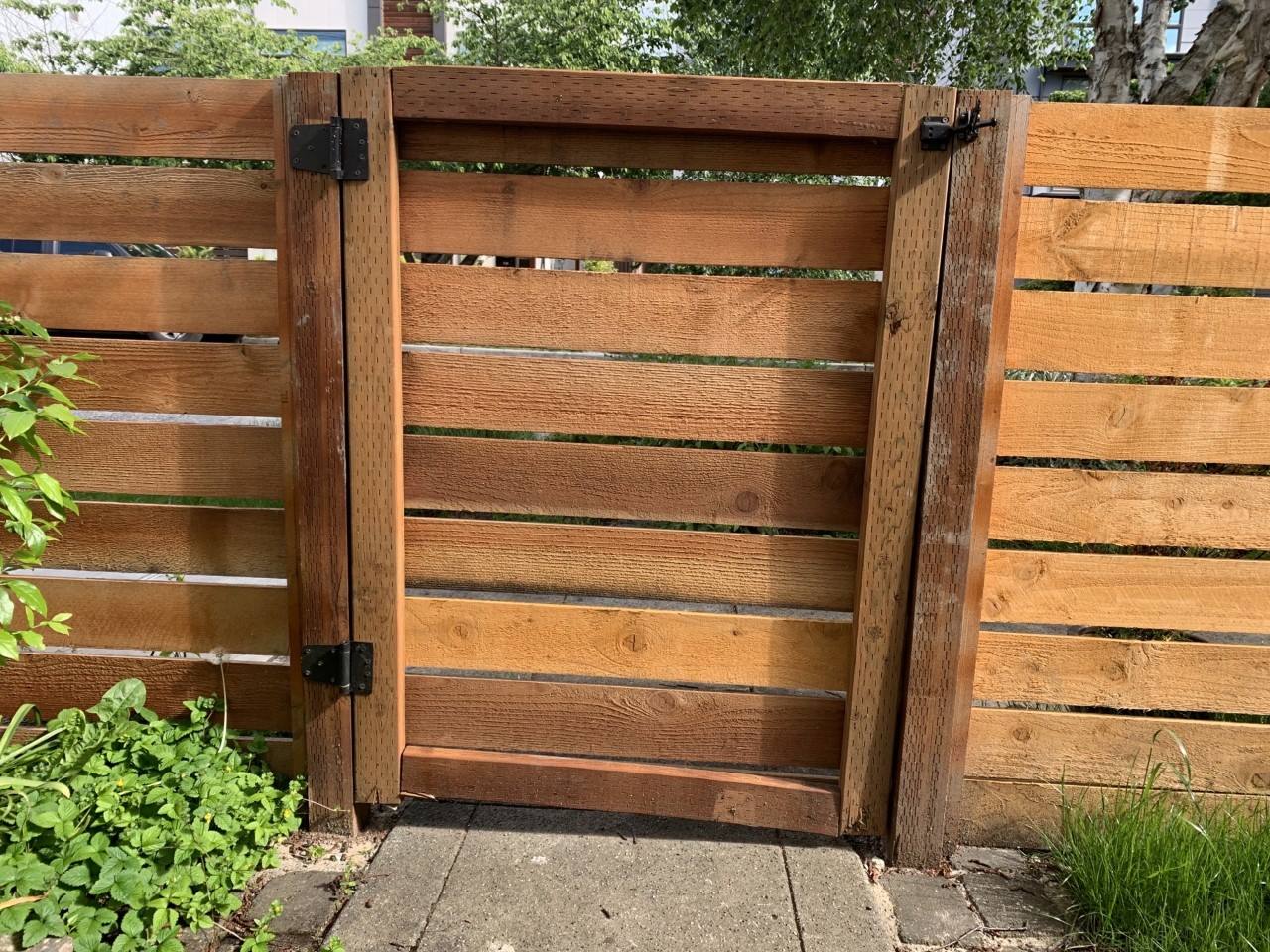
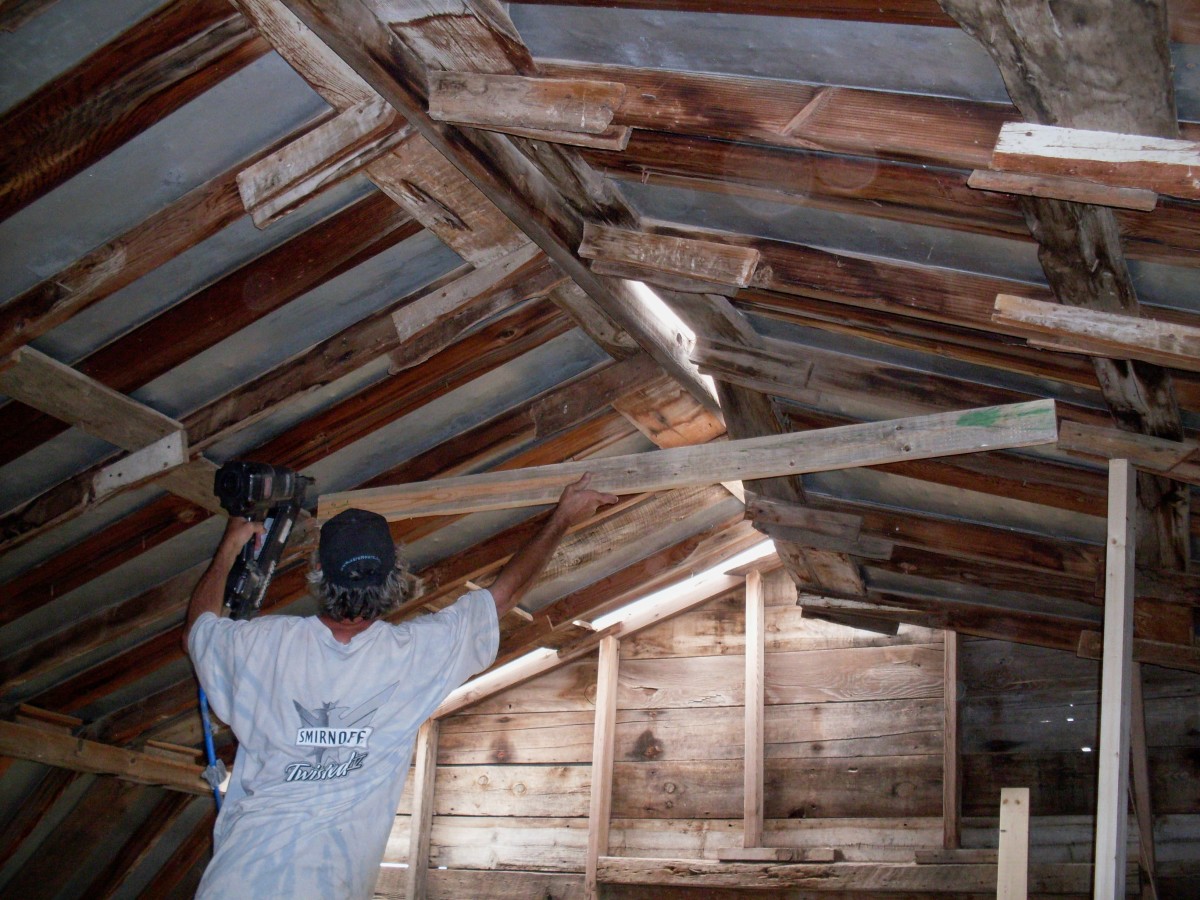

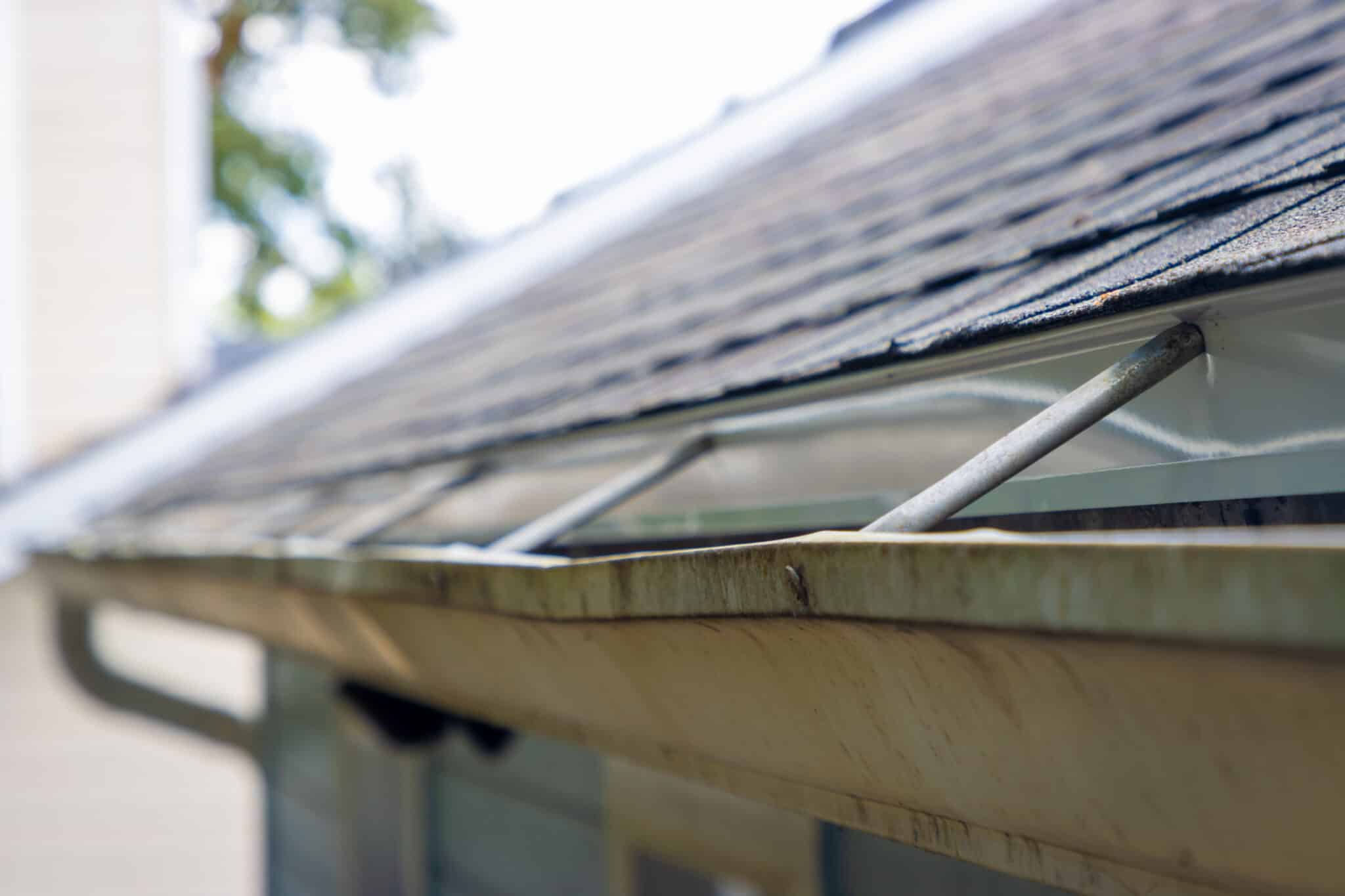
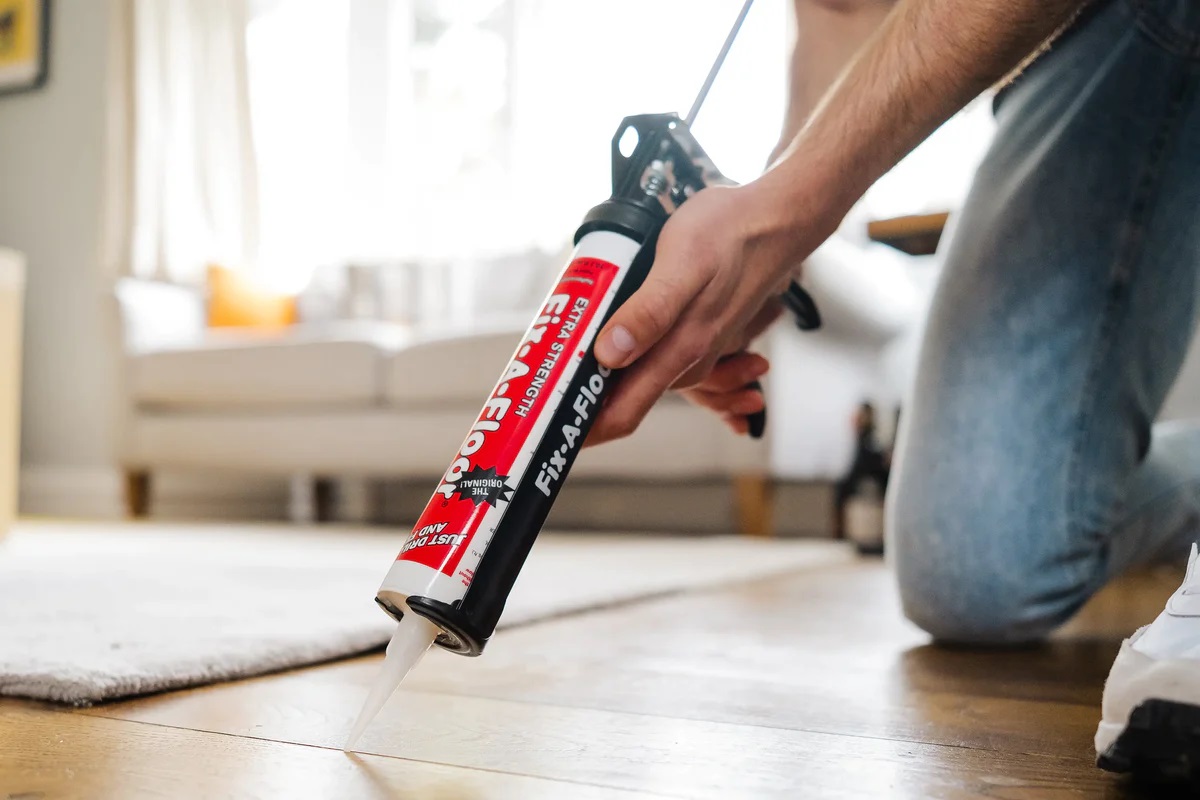
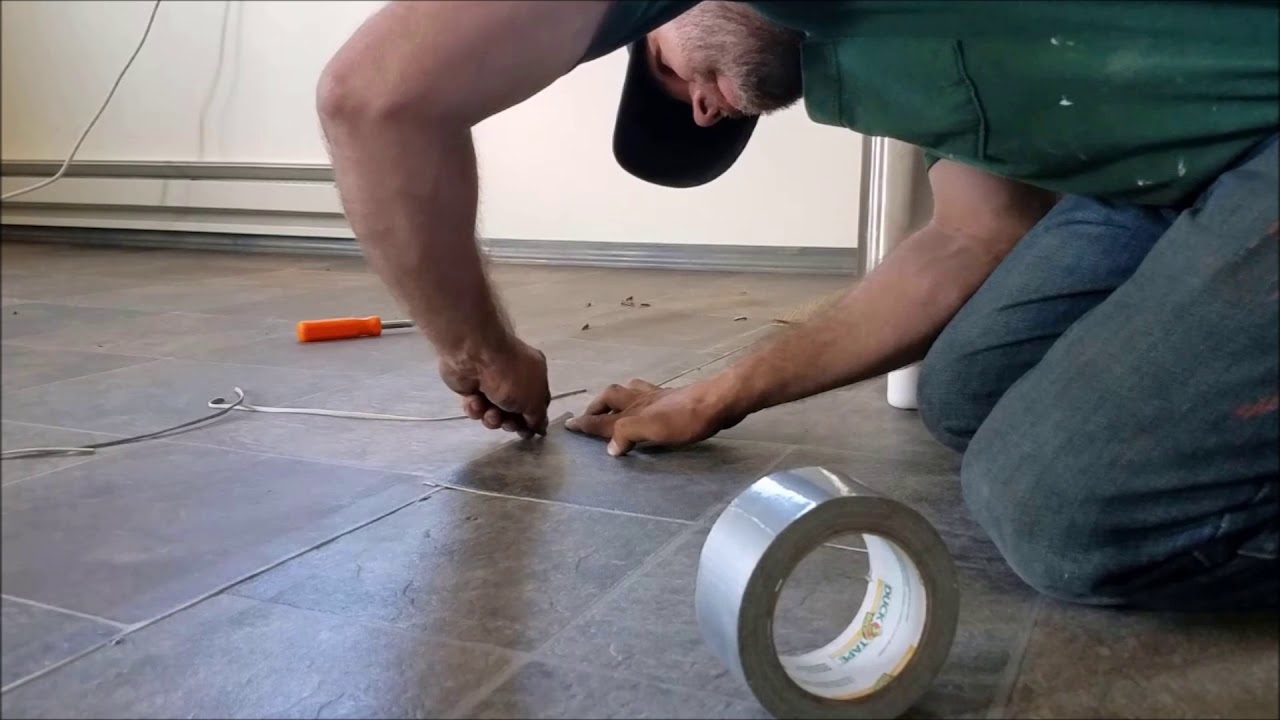

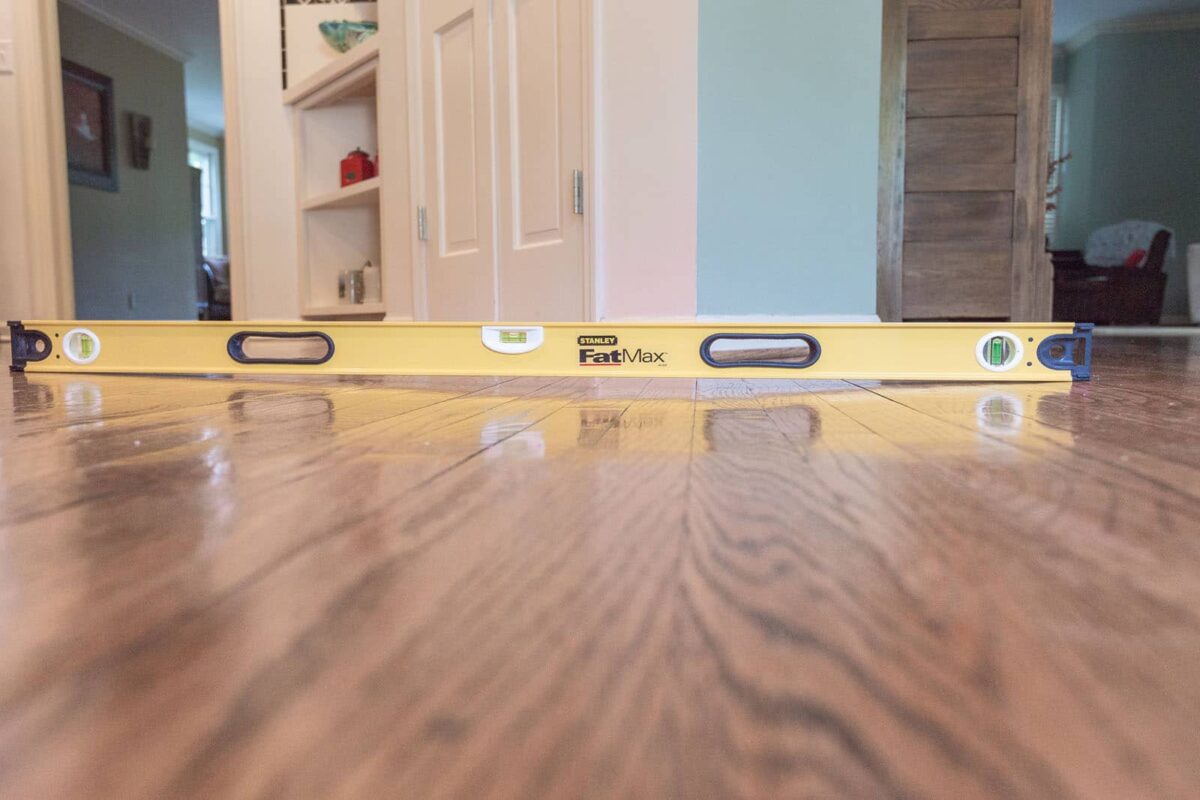
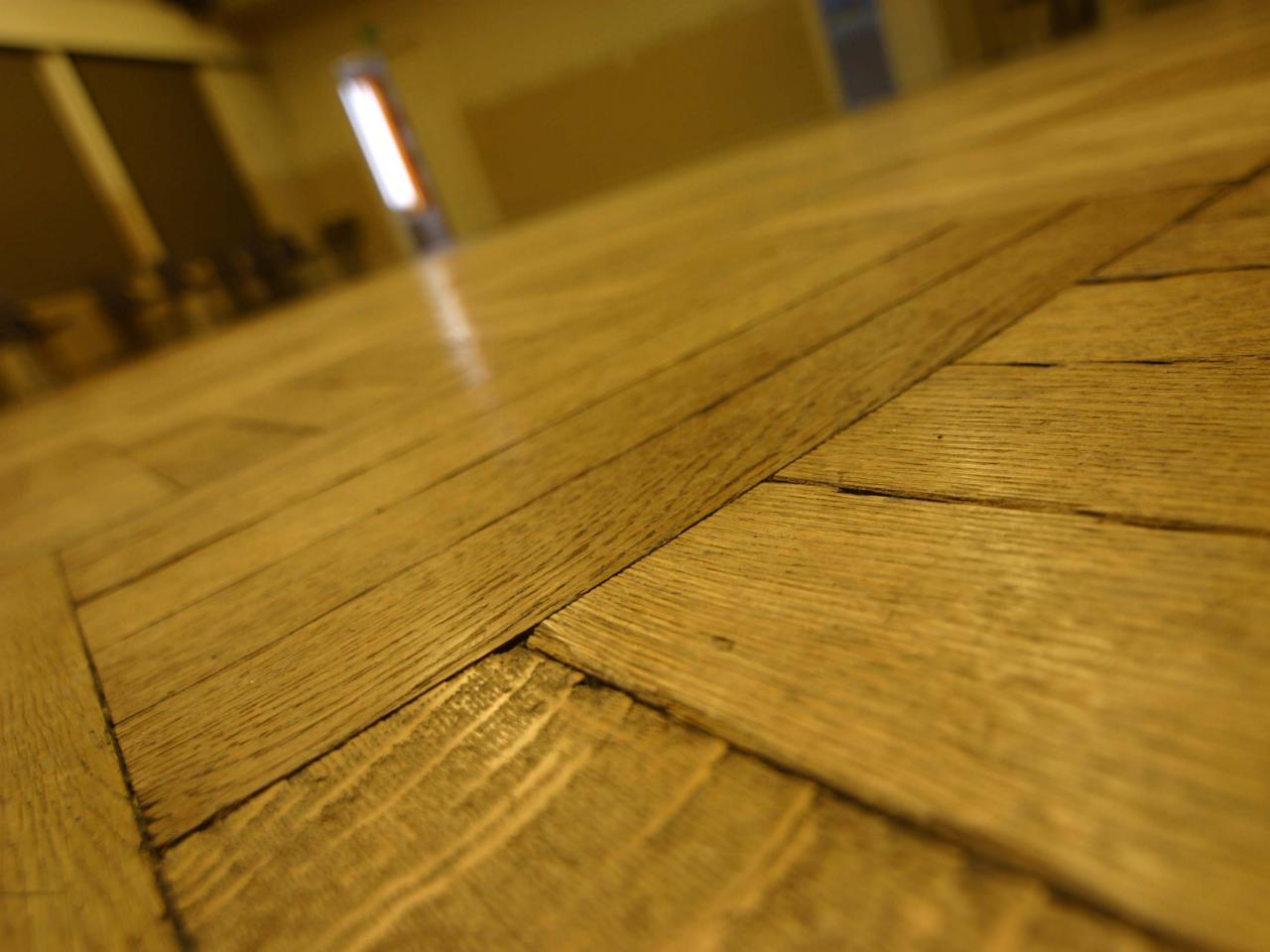
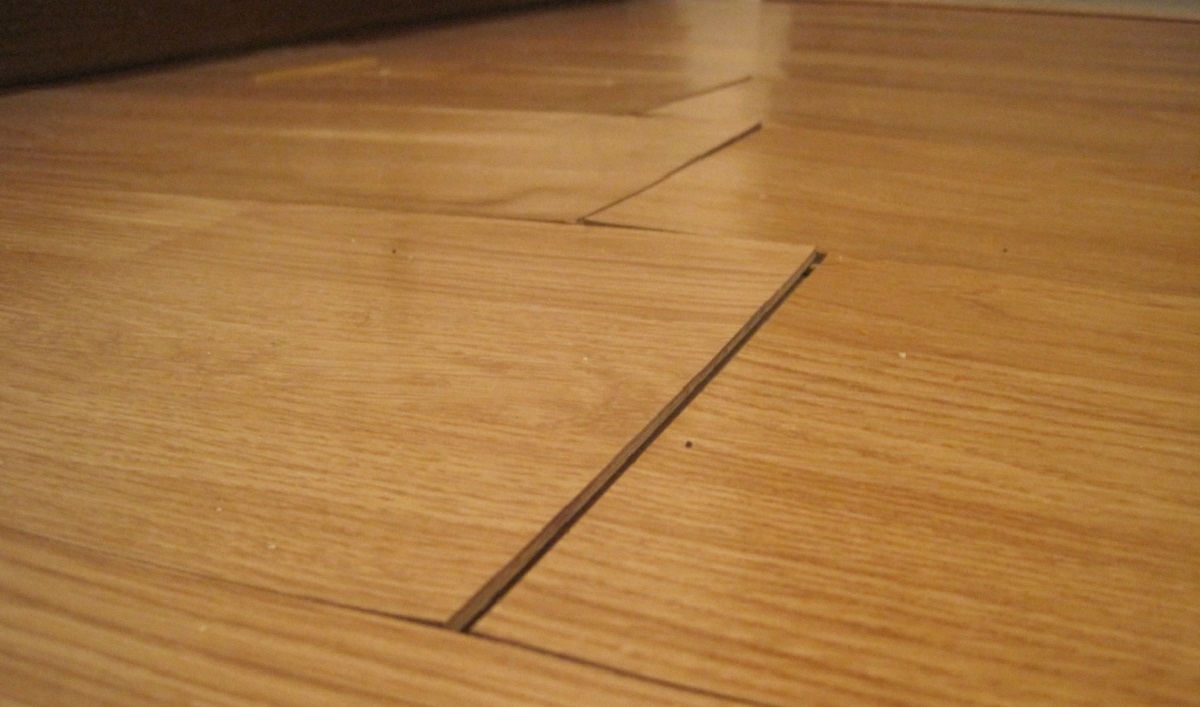
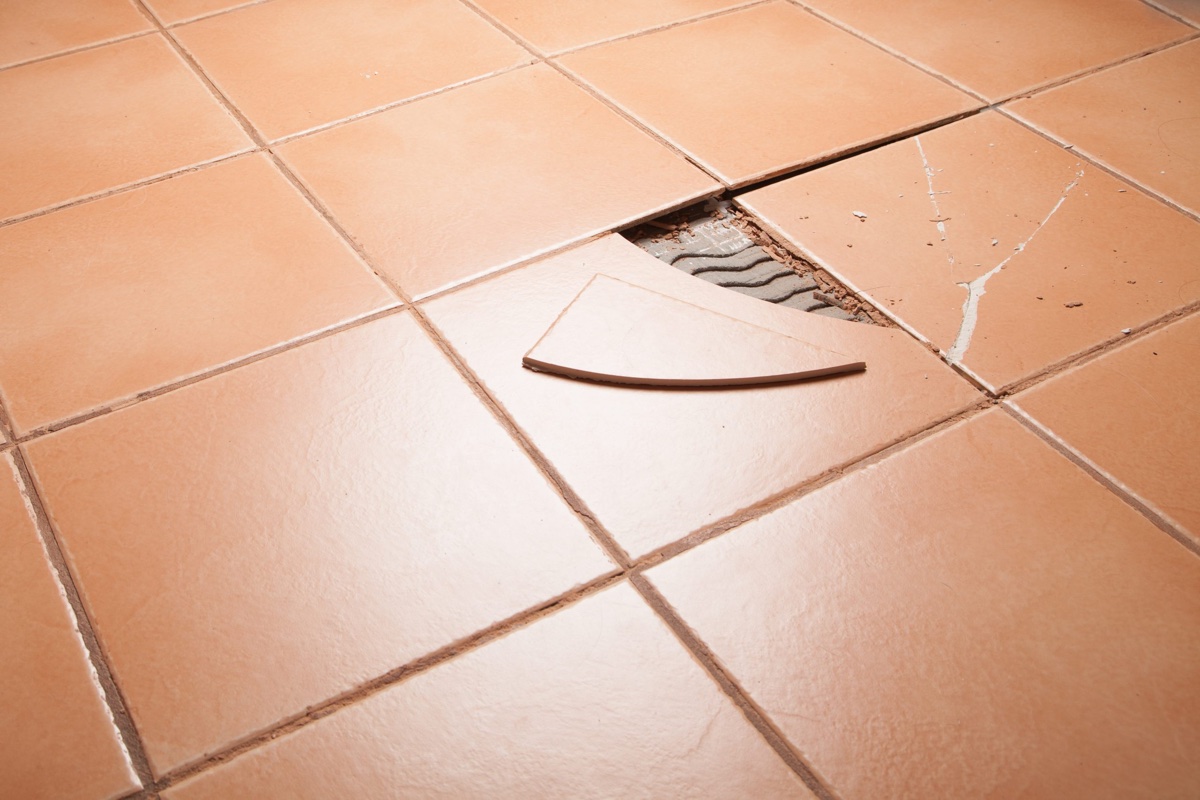
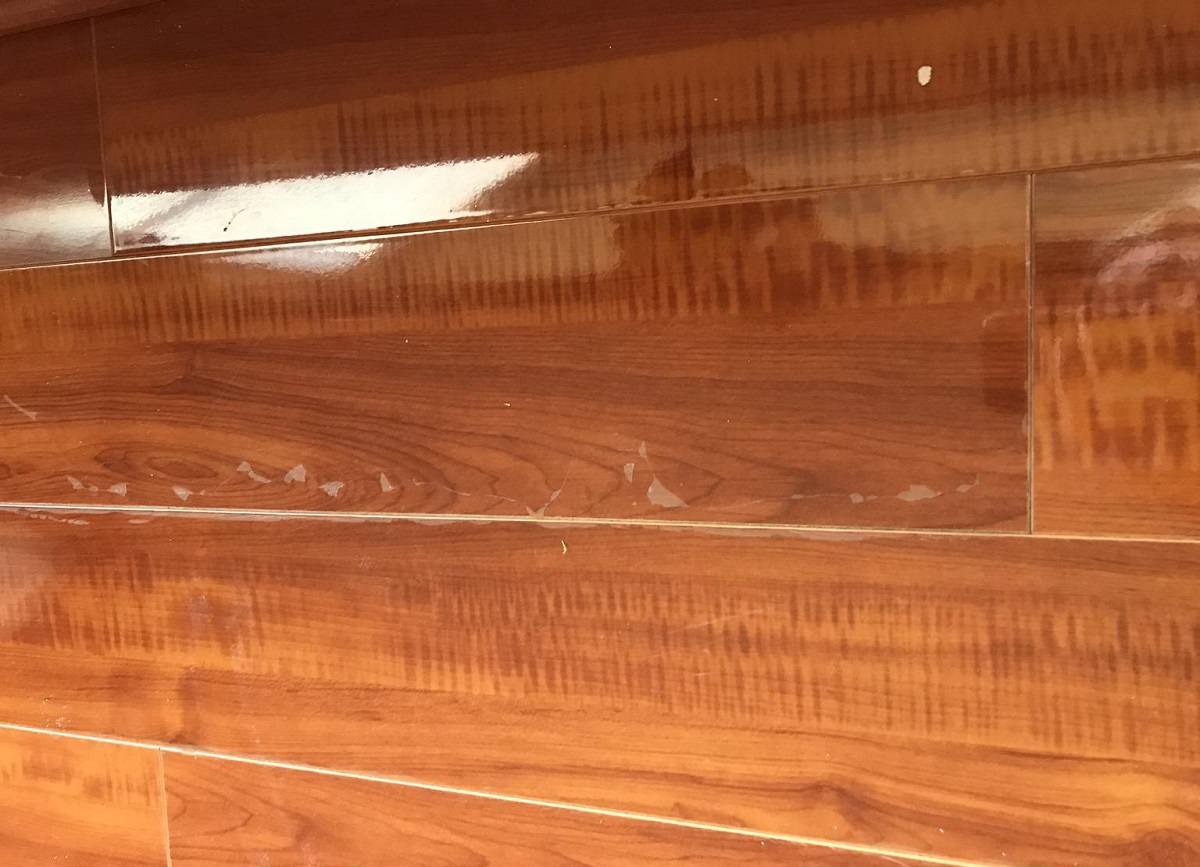
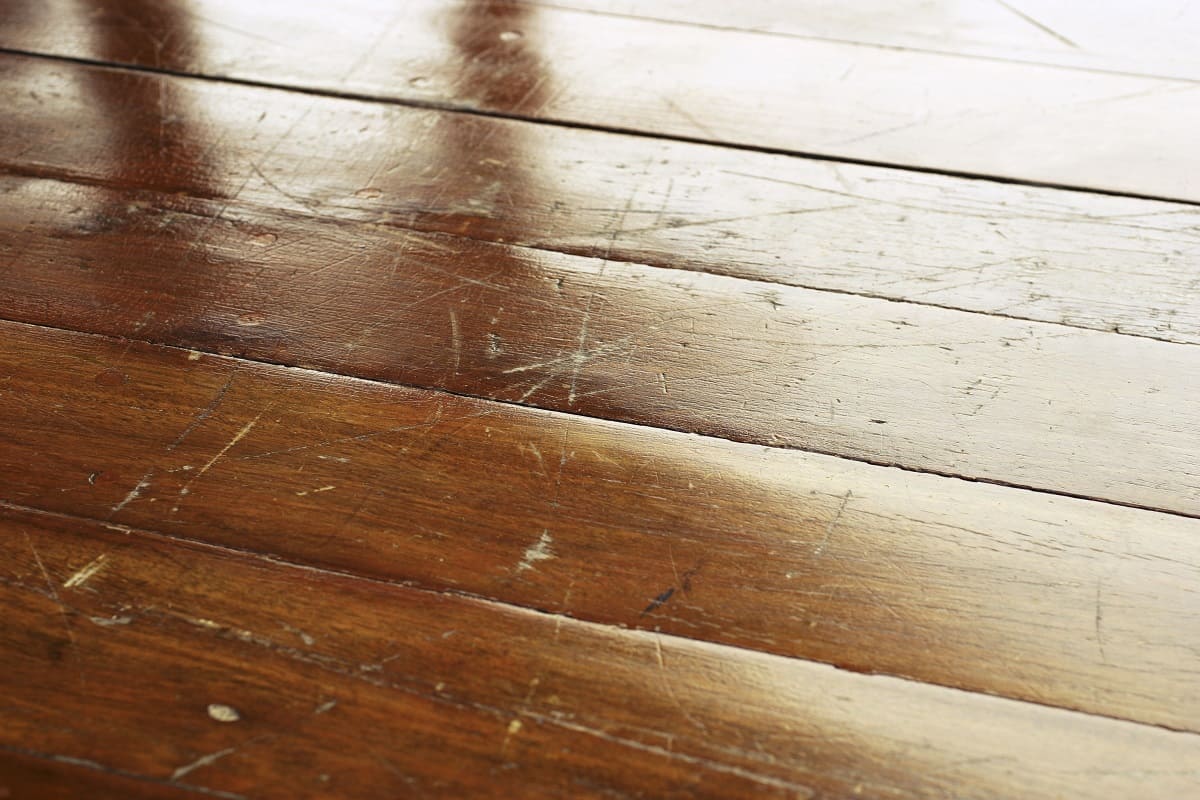

0 thoughts on “How To Fix A Sagging Floor”